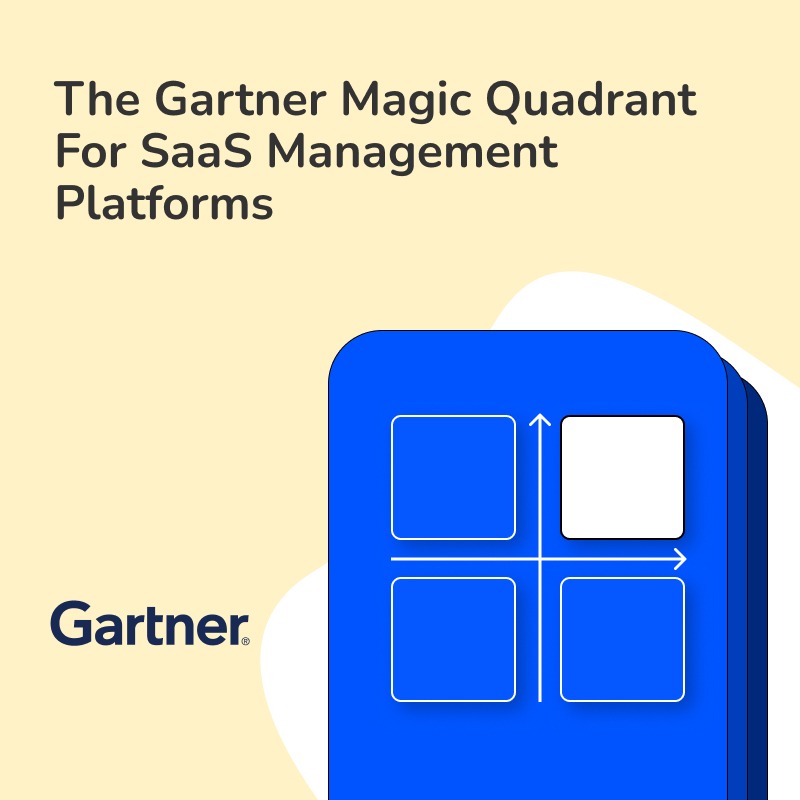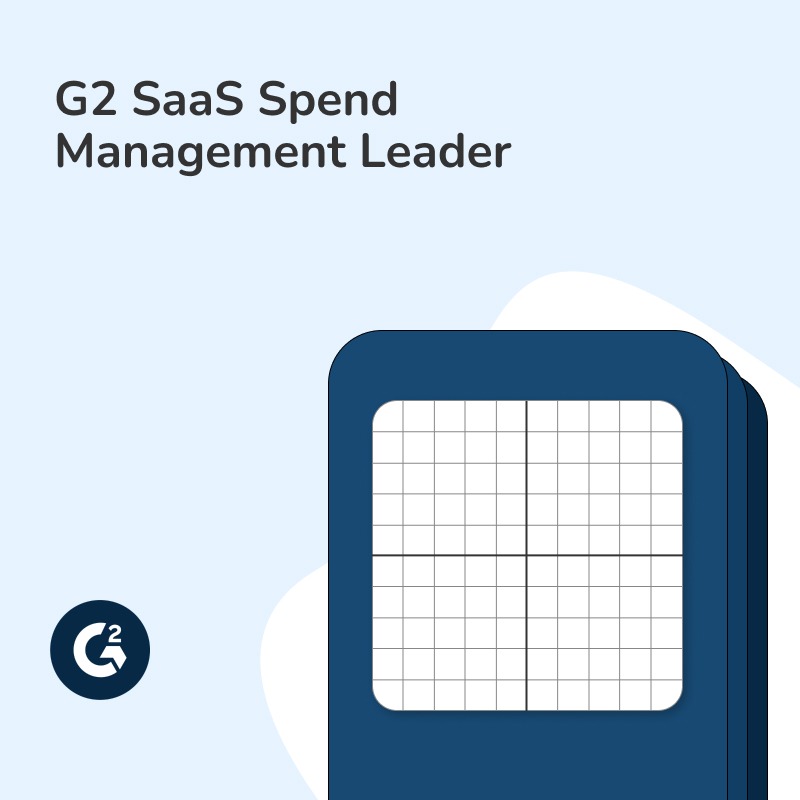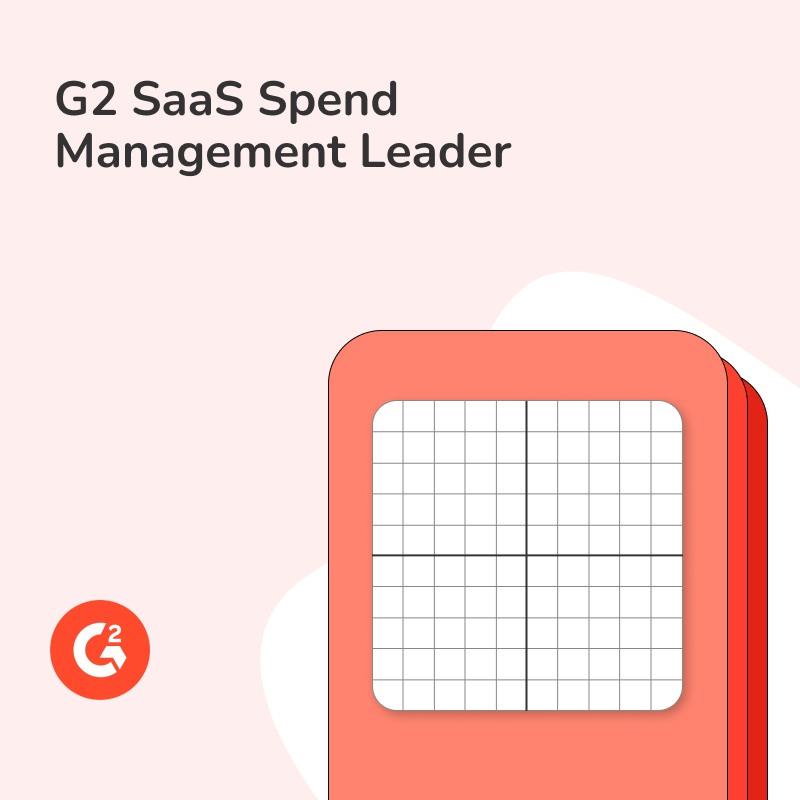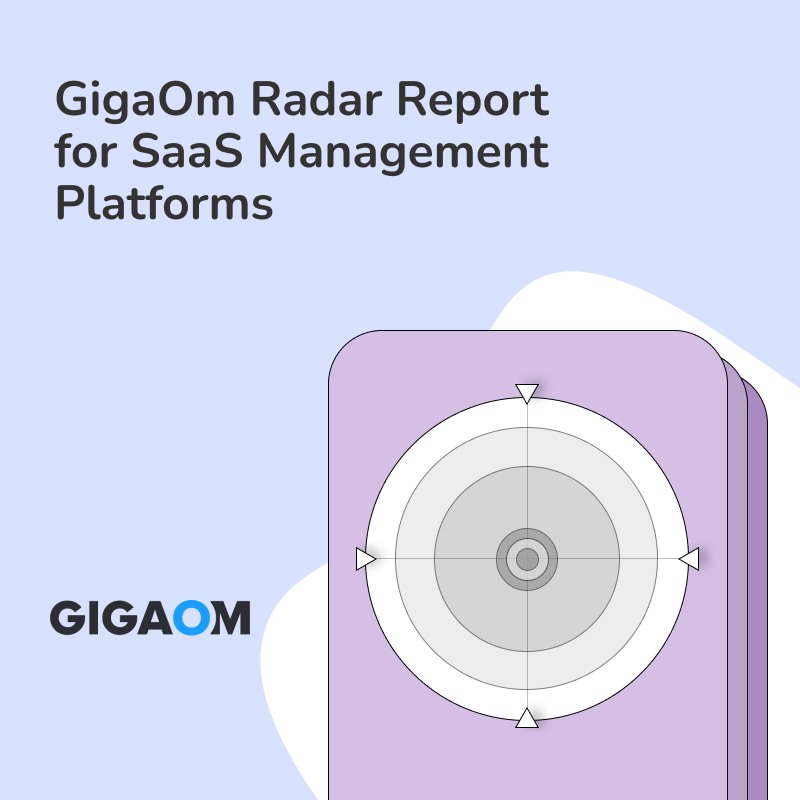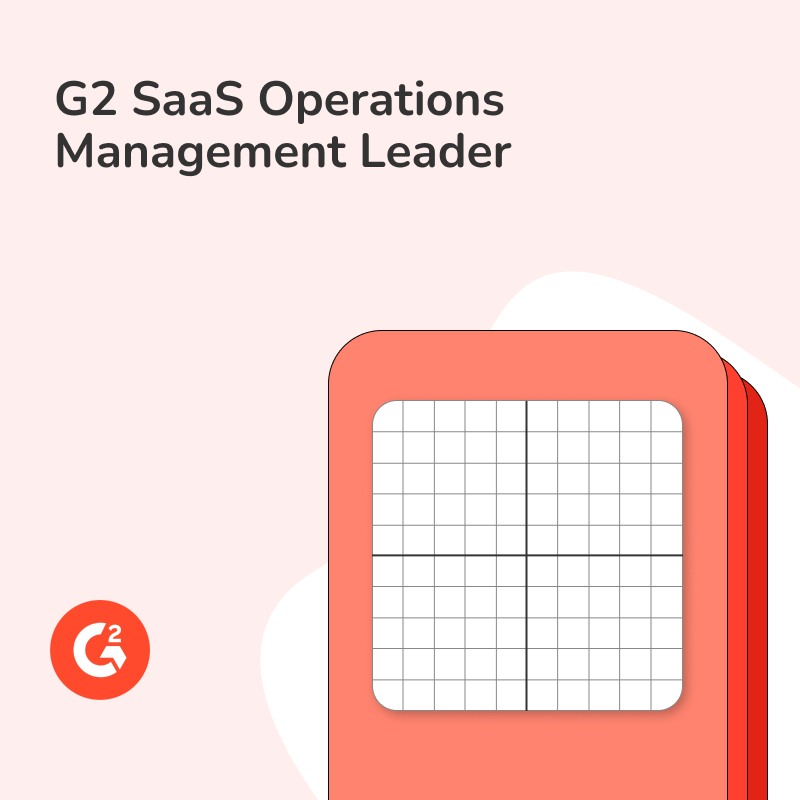Ever wondered how companies ensure that the right people have the right access to the right data at the right time? Navigating the maze of who gets access to what can feel overwhelming, no doubt. But don’t worry, we’re here to cut through the noise and bring clarity to this intricate issue: What is Access Governance and why does it matter?
In this article, we’ll break down the fundamentals of Access Governance, explain its critical role in your business, and show you how it can drive efficiency and security. We promise to demystify the complexity, making this topic easier to grasp and implement.
If you’re also looking to explore App Lifecycle Automation, don’t hesitate to visit Torii for more in-depth insights. Let’s dive in and simplify your access governance journey!
What Is Access Governance?
Access governance is a framework designed to manage and control user access to digital resources within an organization. It involves ensuring that only authorized individuals have the right access to the right resources at the right time.
Why Does Access Governance Matter?
Security
Access governance is essential for maintaining security. Unauthorized access can lead to data breaches, which can be costly and damaging. By ensuring that only those who need access have it, organizations can protect sensitive data from malicious actors.
Compliance with Regulations
Many industries are subject to strict regulations regarding data access and security. Access governance helps organizations comply with these regulations by enforcing access policies and conducting regular access reviews. Failure to comply can result in hefty fines and legal issues.
Mitigating Security Risks
Organizations face multiple security risks daily. Access governance helps to mitigate these risks by enforcing role-based access control (RBAC). This ensures that users have access only to information and systems necessary for their roles. RBAC helps to limit the exposure of sensitive data and reduces the risk of insider threats.
How Does Access Governance Work?
Policy Enforcement
The first step in access governance is defining and enforcing access policies. These policies determine who can access what resources and under what conditions. Policies should be clear and easy to follow, to ensure they are effectively implemented.
Access Reviews
Regular access reviews are crucial for maintaining security. These reviews help identify any unauthorized access or anomalous activities. They ensure that users have appropriate access based on their current roles and responsibilities.
Role-Based Access Control (RBAC)
RBAC is a core component of access governance. It involves assigning roles to users and granting permissions based on those roles. This simplifies the management of user access and ensures that users have the necessary permissions to perform their duties.
Why Is It Important to Have a Framework?
Consistency and Scalability
A framework ensures consistency in how access is managed and controlled. It provides a structured approach that can scale as the organization grows. Without a framework, managing access becomes chaotic and error-prone.
Proactive Risk Management
Access governance is not just about responding to issues but proactively managing risks. By having a structured approach, organizations can identify potential vulnerabilities before they become significant problems.
Continuous Improvement
A good access governance framework allows for continuous improvement. Regular policy reviews and access audits enable organizations to adapt to changing threats and regulations.
Best Practices for Implementing Effective Access Governance
To fully leverage the benefits of access governance, it’s crucial to follow industry best practices designed to ensure robust security, compliance, and ease of management. Below are the best practices that organizations should consider:
1. Adopt Comprehensive Identity Management Solutions
Identity management solutions are the backbone of access governance. These tools help automate and streamline user access processes, reducing manual errors and ensuring consistency. Implementing a SaaS Management Platform (SMP), such as Torii, can greatly enhance your ability to manage user roles and permissions as well. To learn more about how Torii can assist in streamlining your access governance, visit Torii.
2. Define Clear Access Policies
Clearly defined access policies form the foundation of effective access governance. These policies should outline who can access which resources and under what conditions. Ensure that policies are aligned with business requirements and regulatory standards.
3. Implement Role-Based Access Control (RBAC)
Using Role-Based Access Control is essential for managing access efficiently. Assign roles based on job functions and grant permissions accordingly. This not only simplifies access management but also minimizes the risk of unauthorized access by ensuring staff have only the access necessary to perform their roles.
4. Conduct Regular Access Reviews and Audits
Regular access reviews help in identifying and rectifying any discrepancies in user permissions. Schedule periodic audits to ensure that access rights are in synch with users’ roles and responsibilities. This proactive approach helps in mitigating potential security risks and ensuring compliance with regulations.
5. Leverage Automation and AI
Utilizing automation and artificial intelligence can further enhance access governance. Automated workflows for access requests, approvals, and terminations minimize human error and expedite processes. AI can be used to detect anomalous access patterns and identify potential security threats in real-time.
6. Foster a Culture of Security Awareness
While tools and policies are crucial, fostering a culture of security awareness can make a significant difference. Regular training sessions on the importance of access governance and best practices can help employees understand their role in maintaining security.
7. Monitor and Analyze User Behavior
Continuous monitoring and analysis of user behavior can provide early warnings of potential security threats. Implement systems that track user activities and generate alerts for any suspicious actions, allowing for immediate response and remediation.
8. Ensure Data Encryption
Encrypt sensitive data both at rest and in transit. This adds an additional layer of security, ensuring that even if unauthorized access is achieved, the data remains protected.
9. Establish Incident Response Protocols
Prepare for the worst by having a well-defined incident response plan in place. This should include procedures for responding to access breaches, alerting affected parties, and mitigating damage.
10. Stay Updated with Regulatory Compliance
Regulations regarding access governance are continually evolving. Ensure that your access governance framework is adaptable and stays in line with current laws and regulations. Regularly review and update policies to keep up with changes in the regulatory landscape.
11. Continuous Improvement and Feedback Loop
Setting up a continuous feedback loop for your access governance practices helps in keeping them up-to-date with evolving threats and organizational changes. Regularly review policies, update technologies, and learn from past incidents to strengthen your access governance framework continually.
By following these best practices, organizations can ensure a robust and efficient access governance framework that not only secures sensitive data but also aligns with regulatory requirements and supports operational efficiency.

